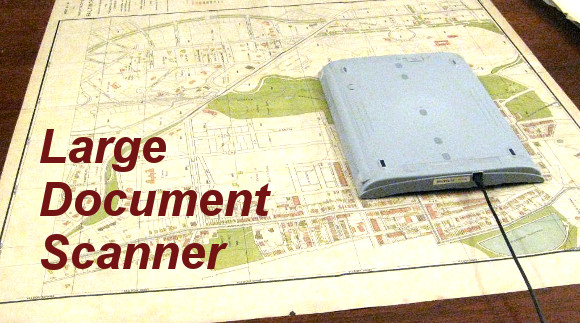
If you have access to a laser cutter you’re going to want to take a look at this brilliant tutorial. [Steven Smethurst] has figured out how to extract public map data and turn it into a file ready to be laser cut onto your choice of material.
In his example he’s using Vancouver’s Open Data Catalog to build his map using the coastal and public street data. To do this he’s using a program called TileMill which you can get for free from MapBox — it’s a great piece of software for designing your own interactive maps — and the best part is, you can import data from a wide variety of sources, such as Vancouver’s Open Data!
You can import the shape (.SHP) files from the Open Data Catalog and add them as layers into TileMill. From there you can manipulate your map, adjust the detail, and then import as a .SVG or .DXF file ready for laser cutting.
In addition to the Instructable on how to do this, he’s also recorded an in-depth video tutorial which you can check out after the break.















